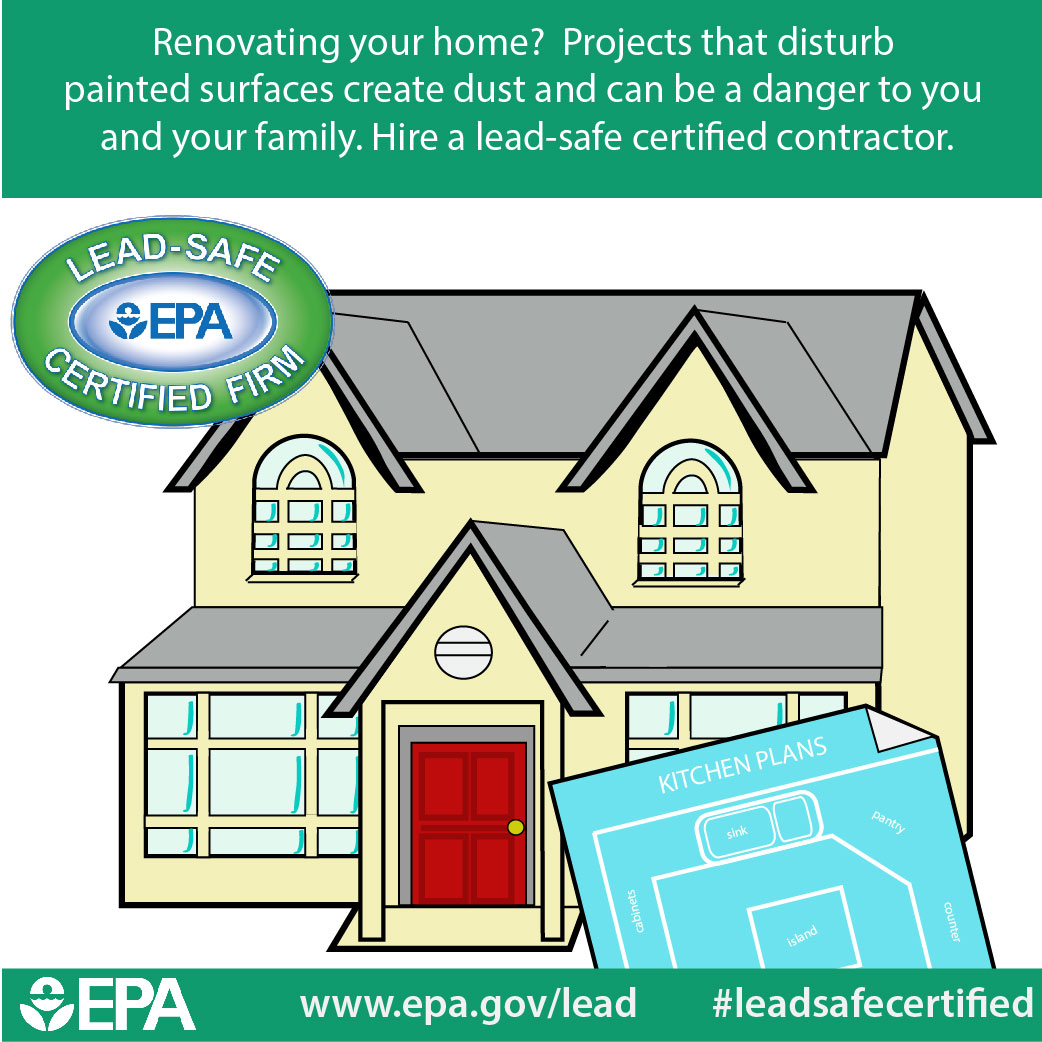Recognizing Seasonal Influences On Commercial Exterior Paint: Necessary Understanding For Success
Recognizing Seasonal Influences On Commercial Exterior Paint: Necessary Understanding For Success
Blog Article
Write-Up Writer-Ford Urquhart
When you're preparing a commercial outside paint project, seasonal variables can make or break your outcomes. You'll wish to consider how temperature level and humidity impact paint application and drying times. Selecting the ideal period can guarantee your paint adheres properly and lasts longer. But which periods are absolutely the best for this type of job? Allow's explore the key elements that can influence your task's success.
The Influence of Temperature on Paint Application
When you're intending a business external paint task, the temperature can dramatically affect exactly how well the paint adheres and dries.
Preferably, you want to repaint when temperature levels vary between 50 ° F and 85 ° F. If it's also cold, the paint might not heal effectively, leading to issues like peeling off or splitting.
On the flip side, if it's as well warm, the paint can dry as well quickly, stopping correct attachment and resulting in an irregular surface.
You need to also consider the time of day; early morning or late afternoon provides cooler temperatures, which can be a lot more beneficial.
Always examine the producer's recommendations for the specific paint you're utilizing, as they typically supply advice on the perfect temperature range for optimum results.
Humidity and Its Result on Drying Times
Temperature isn't the only ecological variable that influences your commercial external painting task; moisture plays a substantial function as well. High humidity degrees can slow down drying out times drastically, affecting the overall quality of your paint work.
When the air is saturated with dampness, the paint takes longer to cure, which can result in issues like bad attachment and a greater threat of mold growth. If you're painting on a particularly moist day, be planned for prolonged delay times between coats.
linked internet page to monitor neighborhood weather conditions and plan accordingly. Preferably, aim for moisture degrees in between 40% and 70% for optimum drying out.
Keeping these factors in mind ensures your task stays on track and delivers an enduring finish.
Best Seasons for Commercial Exterior Painting Projects
What's the very best season for your business outside paint tasks?
Spring and early loss are usually your best options. During these periods, temperature levels are light, and moisture degrees are typically lower, developing perfect problems for paint application and drying out.
https://beckettgseoz.slypage.com/34929258/residence-painters-unlocking-the-key-to-a-lively-welcoming-and-refreshing-home-atmosphere , which can trigger paint to dry also swiftly, resulting in poor bond and surface. Likewise, wintertime's cold temperature levels can hinder proper drying out and healing, risking the durability of your paint work.
Aim for days with temperatures in between 50 ° F and 85 ° F for optimum results. Bear in mind to check the regional weather forecast for rain, as wet conditions can spoil your task.
Preparation around these variables guarantees your paint project runs smoothly and lasts longer.
Verdict
To conclude, intending your commercial external paint tasks around seasonal considerations can make a substantial difference in the end result. By organizing https://www.nytimes.com/2022/09/08/style/michelle-obama-white-house-portrait.html during the ideal temperatures and humidity degrees, you'll make sure better bond and drying times. Remember to watch on regional weather forecasts and choose the correct time of year-- spring and very early loss are your best choices. Taking these actions will assist you accomplish a sturdy and professional surface that lasts.
